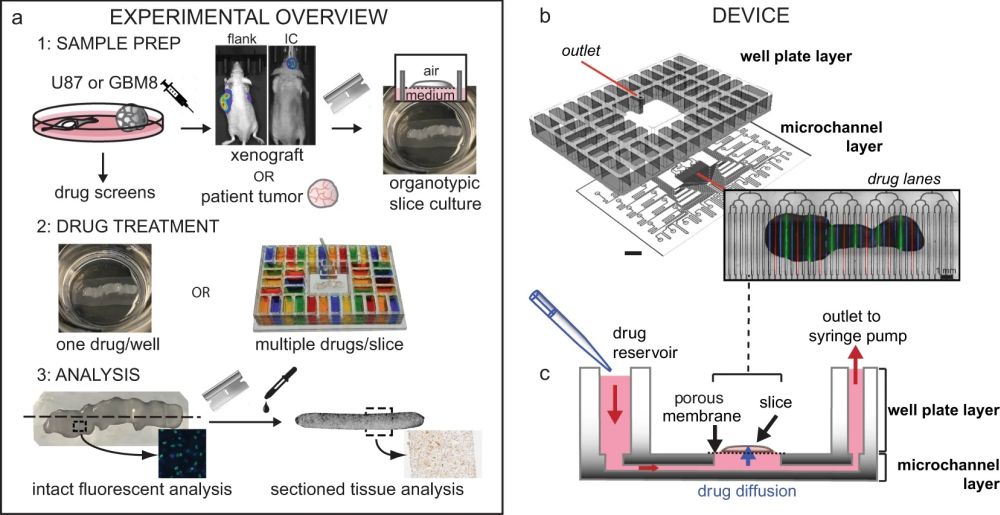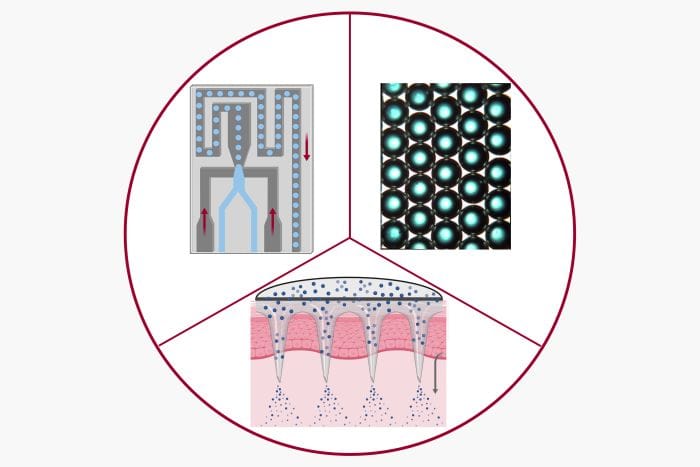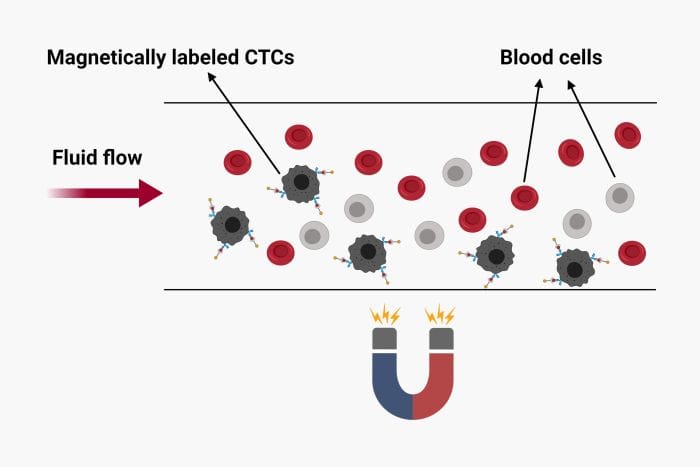
26 May Microfluidic drug delivery to tumor slice cultures
Personalized cancer therapy hinges upon predicting which patient is more responsive to specific therapies. It is based on the notion that the patient’s genotypes can affect the metabolism and drug toxicity while the tumor biomarkers are the indicators of the effectiveness of the treatment and prognosis. Therefore, the assessment of the tumor response to drugs and treatments is crucial to find the most effective therapy for individual patients. The current methods to assess the drug response, however, are often inaccurate, and costly.
A multidisciplinary research team led by Dr. Albert Folch and Dr. Robert Rostomily are working on a microfluidic drug delivery platform to supply multiple drugs to tumor slices for assessing the response of individual cancer slice cultures. The outcome of this microfluidics study is now published in an open-access article published in the Nature Precision Oncology journal and can help clinicians to test a wide range of drugs on patient-specific samples to identify the most effective cancer therapy.
“This platform is rapidly manufactured and it is intuitive to use, versatile, and compatible with a wide range of therapeutic agents including drugs, small molecules, ionizing radiation, and biologics. Moreover, depending on the intended use, several different types of mechanistically informative response indicators can be applied.”

Reproduced under Creative Commons License.
The microfluidic device consisted of two layers with a porous membrane in between. The top layer looks like a well-plate with 40 similar open roof microchambers to house the tumor slices. The bottom layer of the microfluidic chip consisted of a complex network of microchannels that ran under the microchambers and was in charge of delivering the drugs to the slices. The porous membrane between these two layers allowed the small molecule of the drug to pass through the holes and reach the tumor slice via diffusion. The material of choice was PMMA to reduce non-specific adsorption of small molecules. The PMMA microfluidic chips were made with a laser cutter and later bonded with a heat press.
The reported microfluidic technique for drug delivery to tumors holds several key advantages. The microdevice was designed such that it allowed simultaneous analysis of 20 different drug conditions which could be different formulations or the same drug with different concentrations. The platform is easy to use and the open microchambers allow easy placement of the slices. The microfluidic network is designed in a way that flow resistance is the same in all microchannels to make sure all the microchambers are exposed to the same flow rate. Additionally, the platform allows using multiple response readouts that in turn lead to a better insight into the extent and timing of the responses.

Schematic of the microchannel network in the bottom layer. Reproduced under Creative Commons License.
Read the original article: Multiplexed drug testing of tumor slices using a microfluidic platform

Pouriya Bayat
Pouriya is a microfluidic production engineer at uFluidix. He received his B.Sc. and M.A.Sc. both in Mechanical Engineering from Isfahan University of Technology and York University, respectively. During his master's studies, he had the chance to learn the foundations of microfluidic technology at ACUTE Lab where he focused on designing microfluidic platforms for cell washing and isolation. Upon graduation, he joined uFluidix to even further enjoy designing, manufacturing, and experimenting with microfluidic chips. In his free time, you might find him reading a psychology/philosophy/fantasy book while refilling his coffee every half an hour. Is there a must-read book in your mind, do not hesitate to hit him up with your to-read list.
Personalized cancer therapy is a strategy to predict which patients are more likely to respond to specific cancer therapies. Learn how microfluidics can help.
Microfluidic systems are capable of delivering precise doses of compounds to the body as well as producing drug carriers.
Learn more about the techniques used in microfluidics for isolating circulating tumor cells (CTCs) as potential determinants of cancer prognosis.





